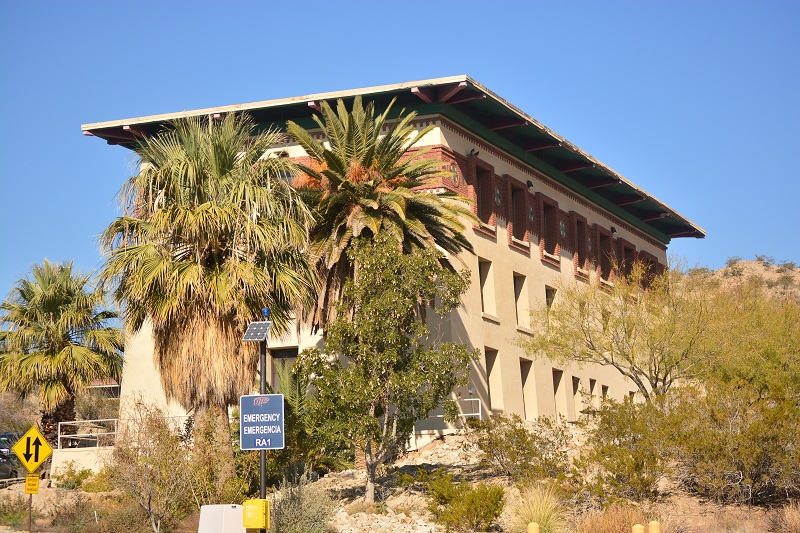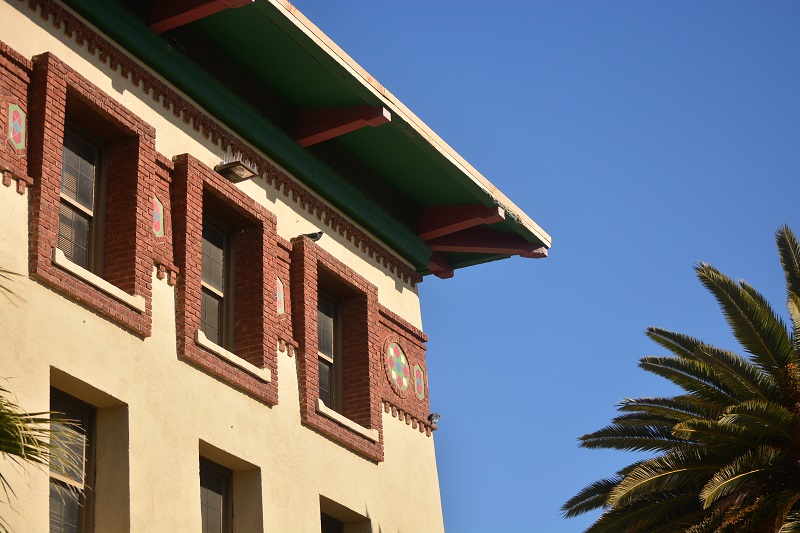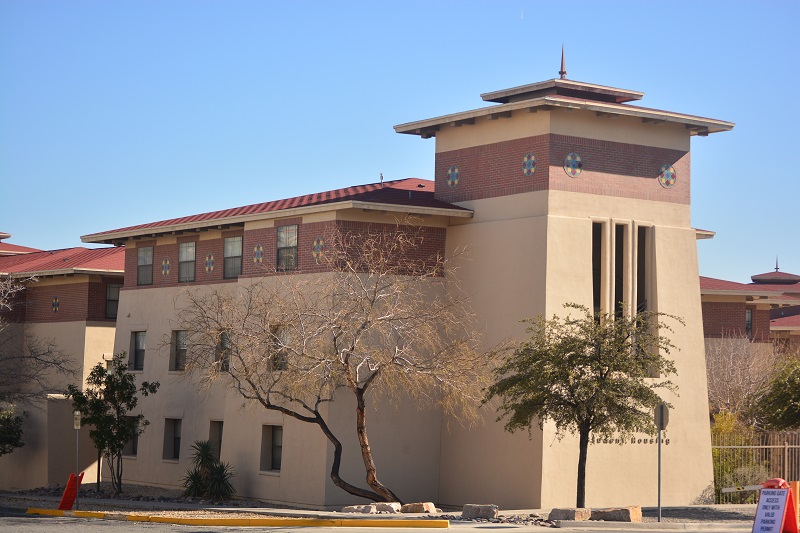UTEP and the architecture of Bhutan
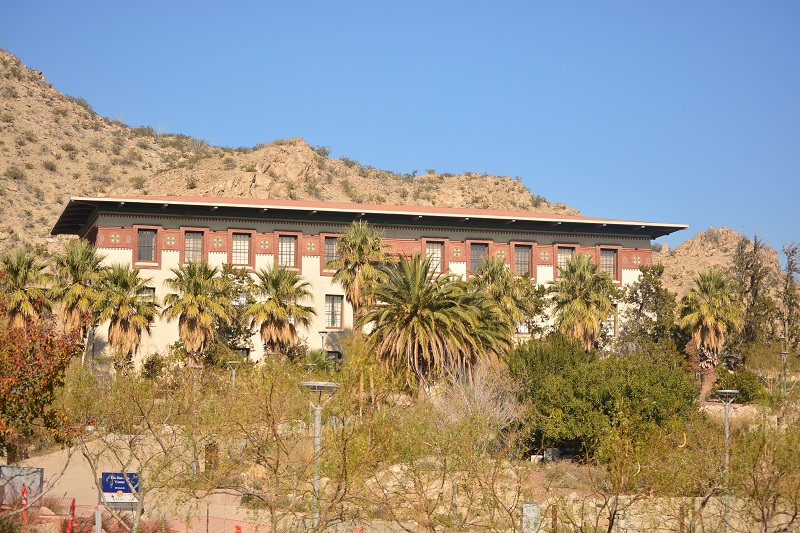
|
| A faculty building at UTEP, El Paso. |
Contents |
[edit] Introduction
Western Texas may seem an odd place to experience outcrops of Bhutanese-inspired architecture, but this is what awaits visitors to the campus of the University of Texas at El Paso (UTEP). Set in an almost appropriate mountain scrub-like landscape, and with more sunny days annually than any US city, the situation is undoubtedly the best place to experience Bhutanese architecture outside of Bhutan.
[edit] An odd fascination
Practically all the many buildings on campus – whether student halls or faculty departments – display the striking architectural characteristics of a Himalayan mountain-top fortress. Massive battered (sloping) walls considerably thicker at the base than at the top, deep window reveals, overhanging eaves and dark bands of brick inset with mosaic-tiled mandalas (circular representations of the universe) create a unified, almost exotic environment that many campuses globally would be hard pushed to emulate. Earthy colours, red brick, and green and dark brown accents add a further dimension to the architecture which seems to be authenticated by the presence of the nearby Franklin Mountains. It all combines to create a stimulating environment both for learning and socialising.
The Bhutan motifs are also seen in isolated and unconnected spots in some other parts of El Paso, including the local Hilton hotel, bus stations and car parks. Here they may be combined with local adobe motifs to form an architecture that is closer to the area’s traditions.
[edit] Why Bhutan?
To understand why Bhutan architecture has been so influential on a campus in the south-west US, it is necessary to go back just over a century. The April 1914 issue of National Geographic magazine featured a photographic essay of a trip taken to Bhutan by John Claude White, a British political officer stationed in India. One of the many readers of the issue was Kathleen Worrell, a travel writer herself and the wife of the dean of the School of Mines.
Legend has it that Worrell convinced her husband to adopt the Bhutanese style for a new faculty to be built as a replacement for one that had been destroyed in a fire. So persuasive were the pair that they not only managed to persuade the faculty, but in the process denied a local firm the chance to implement its designs for a more Western style of building.
Later, in the 1960s, according to the UTEP website, a faculty member wrote a letter to Bhutan seeking comments on the university’s architecture. The reply came back from a member of the Bhutanese royal family who found it “thrilling and deeply moving” that their country’s architecture should be adopted by a university in far-off America. This saw the beginning of an official relationship between UTEP and the Kingdom of Bhutan which continues to this day.
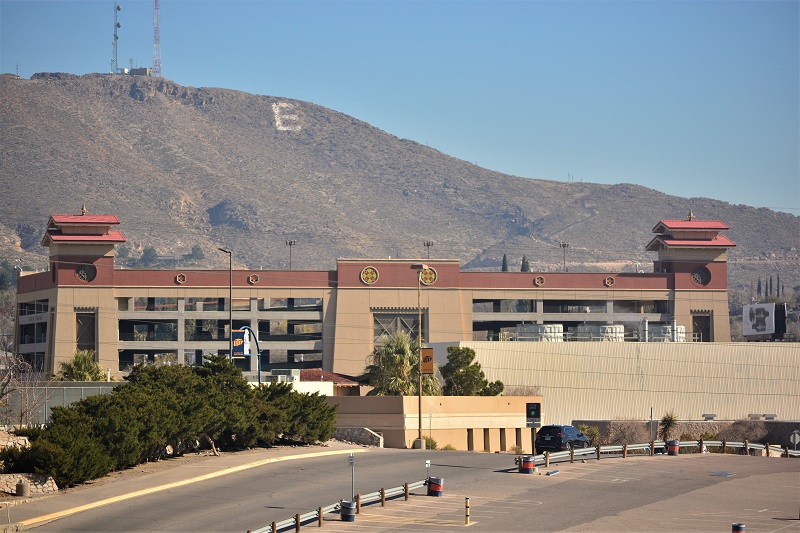
|
| The campus car park and bus depot. |
[edit] Related articles on Designing Buildings Wiki
- Aesthetics and architecture.
- Architectural design.
- Architectonics.
- Architecture.
- Art Deco.
- Arts and craft movement.
- Bauhaus.
- Classical architecture
- Constructivist architecture.
- Contextualism.
- Deconstructivism.
- Eclecticism.
- English architectural stylistic periods.
- High-tech architecture.
- Identifying non-traditional houses in the UK 1918-75.
- International Style.
- Megastructure.
- Modern building.
- Modernist architecture.
- Nineteenth century architecture.
- Postmodern architecture.
- Types of building.
- Vernacular architecture.
Featured articles and news
RTPI leader to become new CIOB Chief Executive Officer
Dr Victoria Hills MRTPI, FICE to take over after Caroline Gumble’s departure.
Social and affordable housing, a long term plan for delivery
The “Delivering a Decade of Renewal for Social and Affordable Housing” strategy sets out future path.
A change to adoptive architecture
Effects of global weather warming on architectural detailing, material choice and human interaction.
The proposed publicly owned and backed subsidiary of Homes England, to facilitate new homes.
How big is the problem and what can we do to mitigate the effects?
Overheating guidance and tools for building designers
A number of cool guides to help with the heat.
The UK's Modern Industrial Strategy: A 10 year plan
Previous consultation criticism, current key elements and general support with some persisting reservations.
Building Safety Regulator reforms
New roles, new staff and a new fast track service pave the way for a single construction regulator.
Architectural Technologist CPDs and Communications
CIAT CPD… and how you can do it!
Cooling centres and cool spaces
Managing extreme heat in cities by directing the public to places for heat stress relief and water sources.
Winter gardens: A brief history and warm variations
Extending the season with glass in different forms and terms.
Restoring Great Yarmouth's Winter Gardens
Transforming one of the least sustainable constructions imaginable.
Construction Skills Mission Board launch sector drive
Newly formed government and industry collaboration set strategy for recruiting an additional 100,000 construction workers a year.
New Architects Code comes into effect in September 2025
ARB Architects Code of Conduct and Practice available with ongoing consultation regarding guidance.
Welsh Skills Body (Medr) launches ambitious plan
The new skills body brings together funding and regulation of tertiary education and research for the devolved nation.
Paul Gandy FCIOB announced as next CIOB President
Former Tilbury Douglas CEO takes helm.
UK Infrastructure: A 10 Year Strategy. In brief with reactions
With the National Infrastructure and Service Transformation Authority (NISTA).






